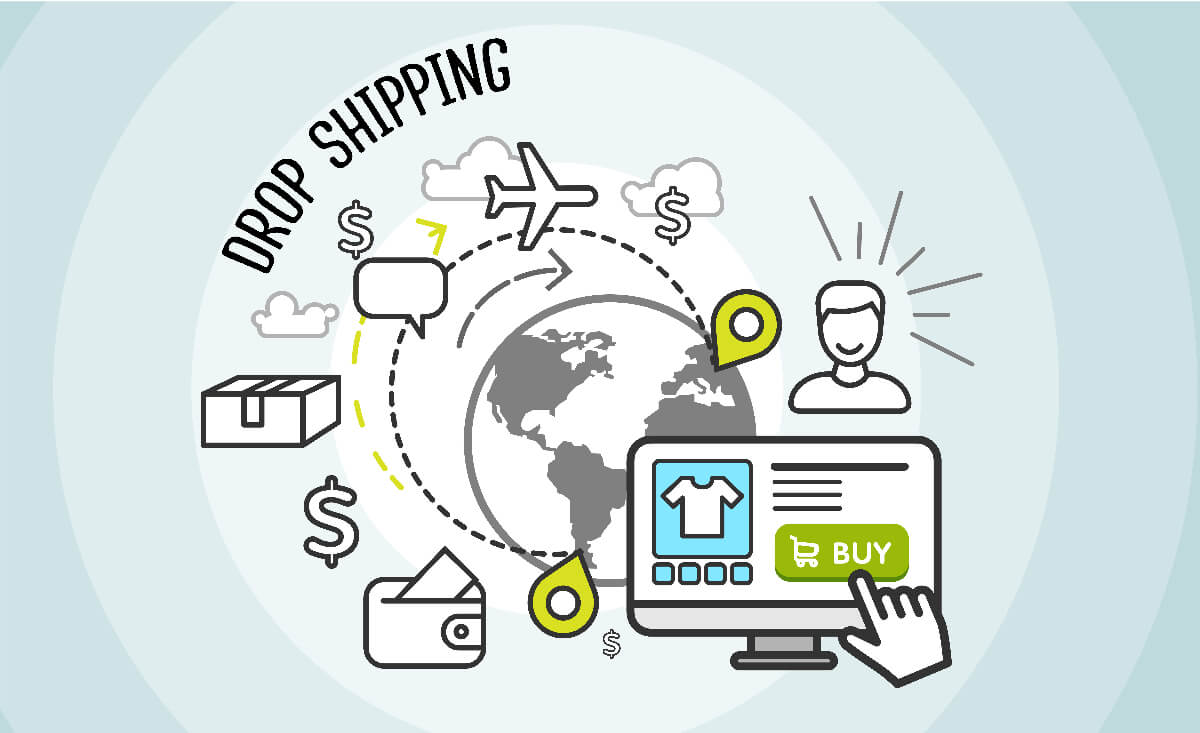
Drop shipping is a popular eCommerce strategy many new and more established businesses use to list and sell products on online marketplaces like eBay and Amazon and their own BigCommerce or Shopify web stores without first taking items into stock.
Often seen as a low-risk strategy, with little or no upfront investment in stock, warehousing, or packaging materials, drop shipping is perceived by many as the perfect laptop business. However, drop shipping doesn’t come without its problems.
The Problem With Drop Shipping
Sellers new to drop shipping can quickly learn that this strategy might not be the panacea they seek. Typical problems include:
- Competition: Drop shipping suppliers work with multiple online retailers. This can make it very difficult to find unique products that make your listings stand out. In turn, this challenge leads to the next problem.
- Low Margins: Often described as a race to the bottom, competition results in retailers cutting costs so that their profit margins are, at best, wafer-thin. Because retailers often find themselves competing with their drop shipping suppliers (with access to much lower pricing), there may be little or no margin in a product.
- Inexperienced Sellers: The problem of competition and low margins is often compounded by inexperienced sellers who may need help understanding the actual costs of selling online or simply be happy to work for tiny returns. These “busy fools” will come and go, but there will always be a long line of sellers readying themselves to work for next to nothing.
- Marketplace Fees: Many online sellers mistake online marketplaces as low-cost entry points to the eCommerce ecosystem. When you factor in your eBay or Amazon selling fees and other associated marketing costs, those costs soon add up. Miscalculate these fees, and there will be little room for error separating profit and loss.
- Customer Service: Just because you outsource the logistic side of your business doesn’t mean you can ignore customer service issues. eBay buyers are notoriously difficult customers and will potentially ask many questions about topics you may only be able to answer after contacting your supplier first.
- Returns: This can be a real headache, particularly when your supplier doesn’t accept no-fault returns. Under distance selling regulations, your buyer has the right to return any items to you. Your drop shipper is under no obligation to accept returns on your behalf. Some will, and some won’t. If this is something that worries you, pick your suppliers wisely.
- Time is Money: So many sellers need to factor in their time when it comes to the cost of selling. If you are not covering (at least) minimum wage when you total up your profits (or losses), you will undervalue yourself and quickly lose interest in your drop shipping business.
While this all sounds very negative, it doesn’t mean that drop shipping has no merits. On the contrary, drop shipping can be a highly effective business strategy if you come at it from a slightly different angle.
Testing Times – What Would Amazon Do?
One of the most challenging aspects of running an online retail business is finding the right products to sell. Drop shipping enables you to test new product lines and categories without the upfront risk of investing in stock.
By drop shipping test lines, you’ll understand the potential demand and price points of a new market. With this information, you can make more informed choices about sourcing your products, which should carry more margin than your drop-shipped items.
More cynical sellers might suggest this a strategy that Amazon has been deploying for many years, using third-party sellers’ data to inform them of potential hot selling new products and categories. But in all seriousness, having product or category data to hand from drop shipping can save a lot of uncertainty and future financial risk, even when those initial margins are so tight.
Customer Acquisition
More advanced sellers might use drop shipping to extend their product catalogues and acquire new customers. This is only a good business strategy if you re-market to those newly acquired customers to generate repeat customers and build something called Customer Lifetime Value.
For sales generated via a BigCommerce or Shopify site, sellers can re-market via email marketing to their newly won customers. While it is not possible to use traditional email marketing for marketplace sales, staying engaged with your customers using eBay’s email marketing tools is possible.
Through professional branding, eBay sellers can also encourage greater cross-pollination between the online marketplace and their own web stores.
Learn More
To learn more about Frooition can help you optimise your eBay drop shipping strategy through listing optimisation and professional branding, schedule a free 15-minute discovery call with one of our eBay experts today.







